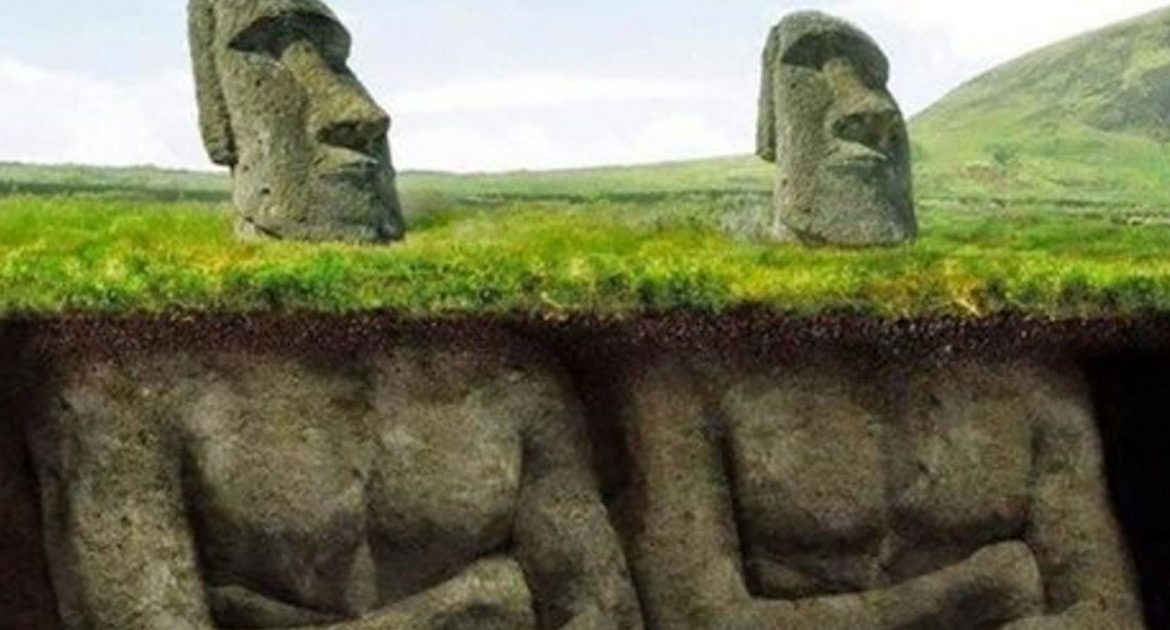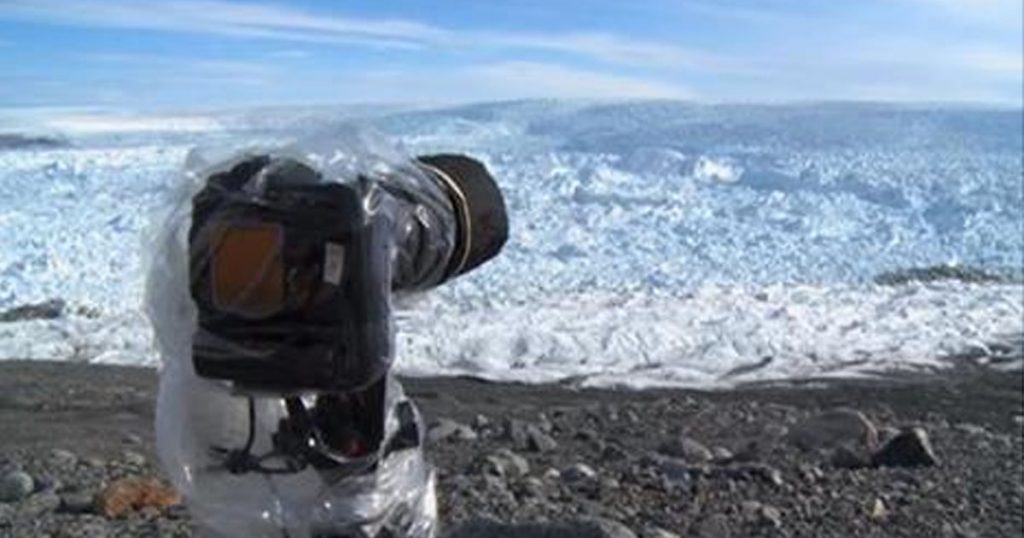People who lived thousands of years before us created some striking buildings. These buildings were so extensive that scientists have been looking for centuries for answers to who, why, and most importantly, how they were built. There are all different kinds of theories, from practical to extraterrestrial.
The Liked video team also wanted to touch on these ancient secrets and make a list of places where ancient charm and a shade of a mystery surround them.
Stonehenge, England
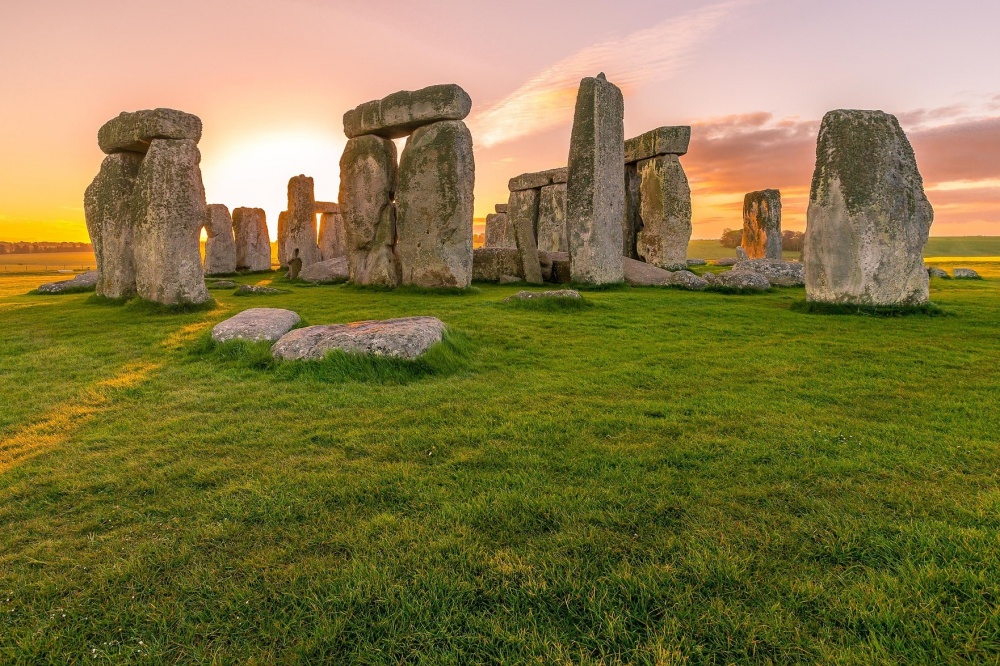
According to legend, the stone complex was built by the magician Merlin. In fact, Stonehenge appeared long before the hypothetical time of King Arthur’s companion. But how did people transport these impossibly heavy boulders from the quarry that was found hundreds of kilometers away? The construction’s purpose isn’t quite clear. Whether it was the observatory (the location of megaliths is the exact model of the solar system) or a sanctuary (that’s how Druids, the Celtic priests, used it), we might never know.
Baalbek, Lebanon
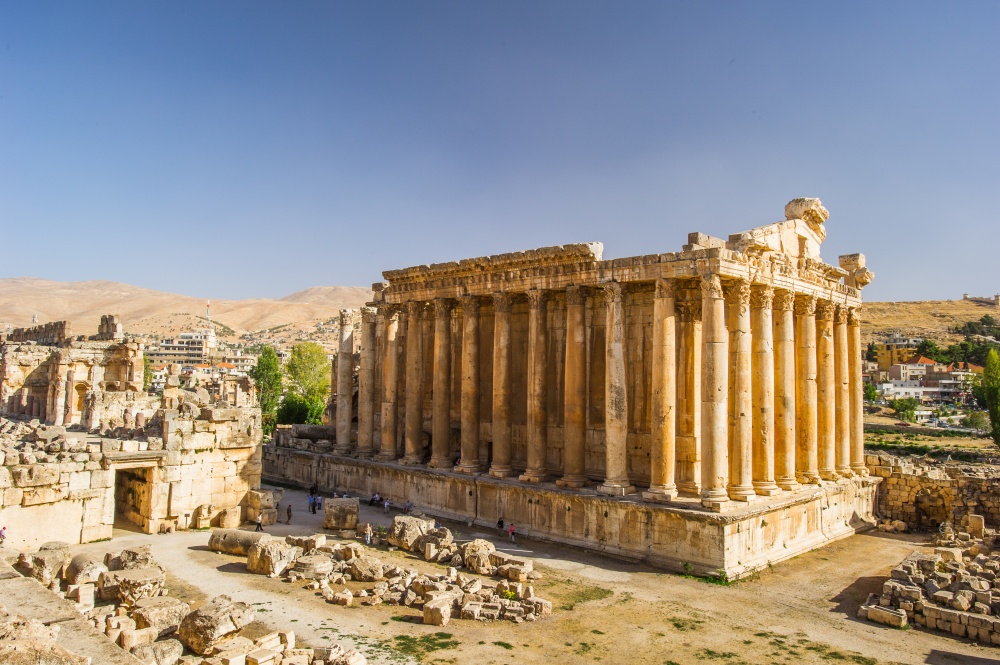
A temple ensemble in this antique style is the pearl of the ruins of a once prosperous city. The only thing is, Romans didn’t have any technology that could let them install these stone blocks that weigh up to 1000 tons (these very ones lie on the bottom). Just for us to compare: the Athenian Parthenon is half the size of the Lebanese giant, and the largest block of the Great Pyramid weighs ’only’ 90 tons. The foundation’s creation is attributed to the Egyptians, if not to giants. Some people believe that it could be the Babel tower’s foundation.
Newgrange, Ireland
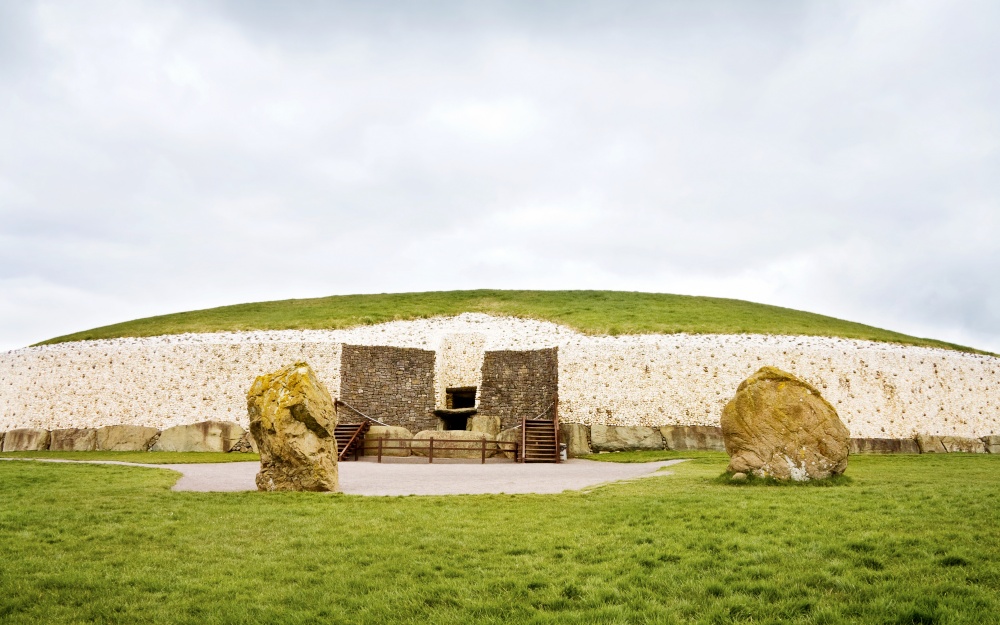
Despite the fact that road builders ran into the monument in the XVII century, people started to research this mysterious landmark only three centuries later. The excavations showed it was a barrow: perfectly round with an impressive diameter, and older than the Egyptian pyramids. In the middle, archaeologists found a tomb. If you happen to visit Newgrange during the solstice, you can see a real astronomical phenomenon — a ray of light gradually fills the entire room. The Irish superstitions say that this place is the entrance to the country of elves and fairies.
Dolmens of North Caucasus, Russia
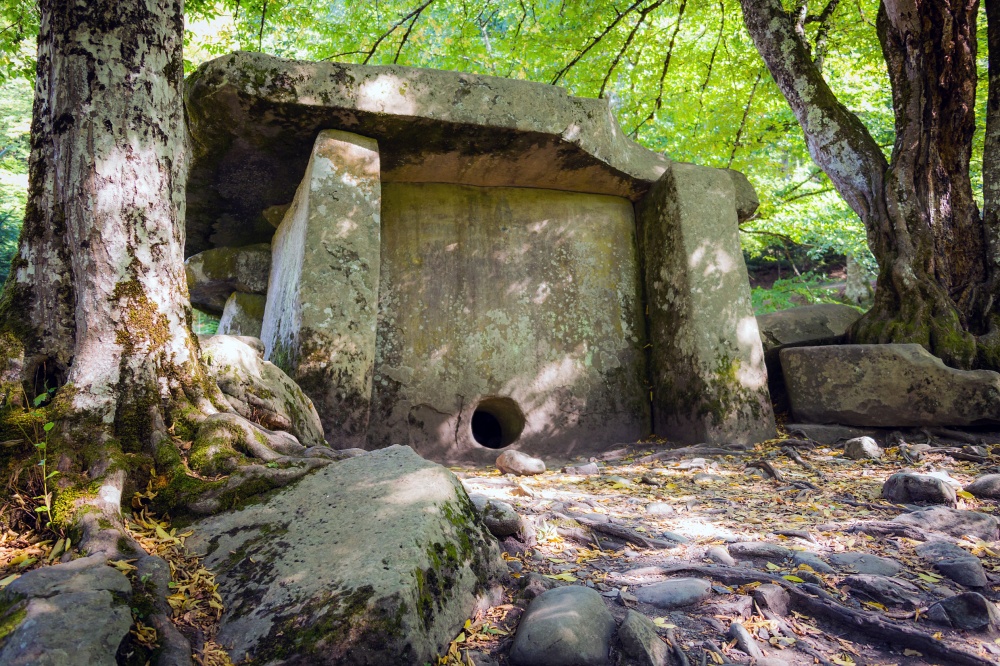
Here on the mountain slopes stands small houses built of flat stones. There are holes on the facades that can be closed with a stopper. The surprising fact is that the plates’ weight is calculated in tons, but they fit so precisely that not even a knife blade could fit between them. The age of these constructions reaches 5000 years. Some dolmens, such as Volkonsky, are famous for their healing properties. It’s interesting that the ’dolmen tradition’ can be observed in different parts of the world.
Tikal, Guatemala
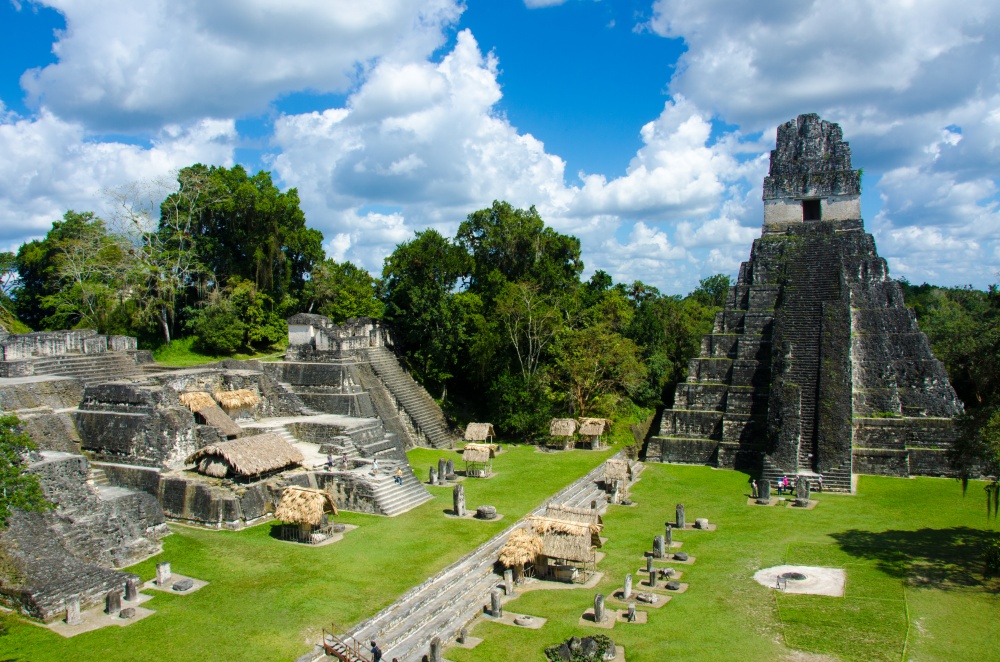
One of the largest Maya settlements is hidden in the green jungle. There are artificial ponds, a field for a ball game, and palaces. But special attention is given to the pyramids, forming the town squares. They were built in a temporary pattern corresponding to the periods of its development. There are many theories about their functions: religious buildings, research centers, cemeteries, or all of the above. The etymology of the name ’Tikal’ is also unclear. But there’s a clear ’nickname’ — the City of Voices. Even a whisper there echoes hollowly.
Bolshoi Zayatsky Island’s stone labyrinths, Russia

The Solovetsky islands are decorated with a whimsical stone lace — the spiral shaped labyrinths. The locals called them ’Babylons.’ The entrance and the exit are the same. So if you go strictly on the tracks formed by the boulders, after a while you can exit where you entered. But what was it before? Some scholars write about practicality, like fish traps. The others write that they were meant for entertainment, as a playground for round dances and games. But the majority is pretty sure that these labyrinths were ritual structures on the border with the spirit world.
Petra, Jordan
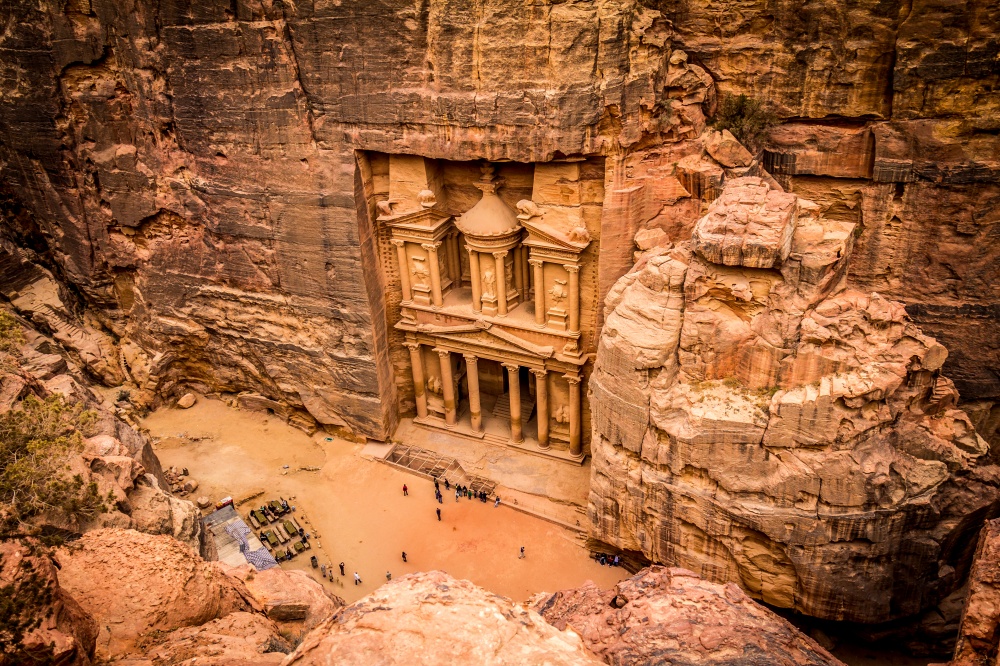
A monumental ’nest’ at the height of 900 meters above sea level is hidden in the rocks. The masters had to show remarkable patience, turning the rocks into the masterpiece of Petra. So, at the end of the cool Siq canyon, there opens a fantastic view of the facade with columns and porticos — Al-Khazneh (the ’treasury’ in Arabic). It is said to be a temple or a mausoleum. The problem is trying to understand how the carvers worked. After all, it’s impossible to create such a work without scaffolding, but they didn’t know about it yet.
Stone spheres of Costa Rica
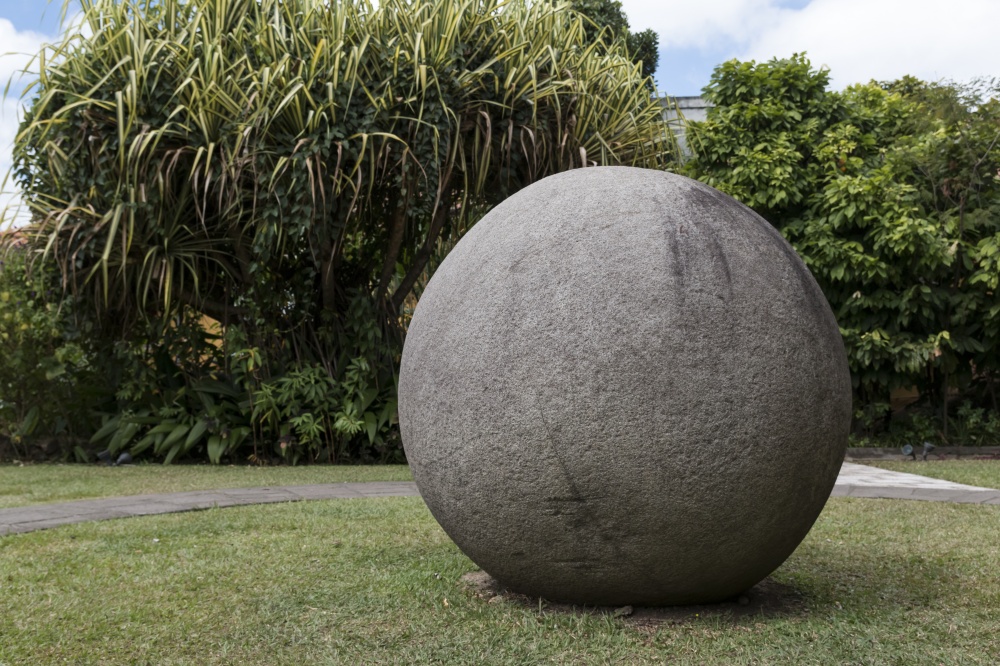
The prehistoric petrospheres from the Pacific coast almost became victims of vandalism: the workers who found them believed that there was gold hidden inside. The artifacts still suffered. To attract tourists, they were put on the city squares. Because of the constant movements, an exact dating is impossible. The theory of their origin by water turned out not to be viable. But, after all, what are they: symbols of the planets, or the signs of borders? All theories without evidence.
Terracotta Army, China
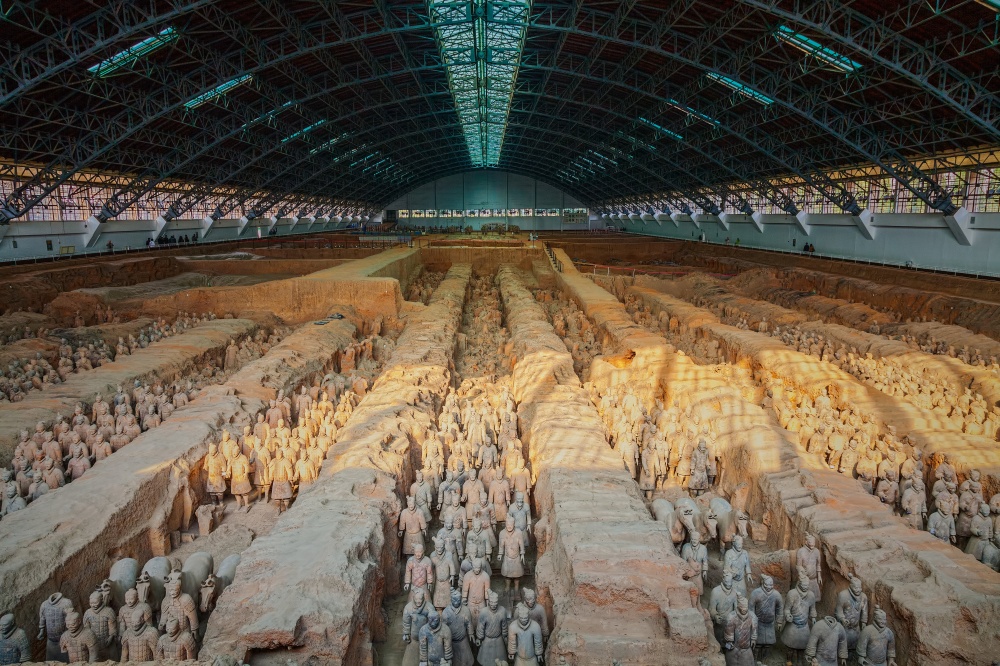
The mausoleum Qin Shi Huang keeps more than 8000 statues of Chinese warriors and horses. They were buried together with the governor regardless of tradition. This handmade army from 200 BC is life-sized with the smallest of details, and no two faces are the same. During the excavations (from the 1970s) scientists have had to act extremely carefully. One of these reasons is for security purposes, because of an ancient legend: rivers of mercury had to accompany the emperor in the afterlife.
Angkor Wat, Cambodia

Europeans weren’t aware of this complex till the XIX century. Having learned of it, they doubted that it was built by the Khmer people. The masonry is very dense: sometimes you can’t even find the seams. The stones are extremely smooth. The construction is kept together with its own weight. The ensemble of 200 temples was planned in such a way that a traveler approaching from either side can only see three of them. The view is especially stunning in the rainy season: a wide moat, filled with water, makes Ankgor Wat similar to an island in the middle of a vast ocean.
Timbuktu, Mali
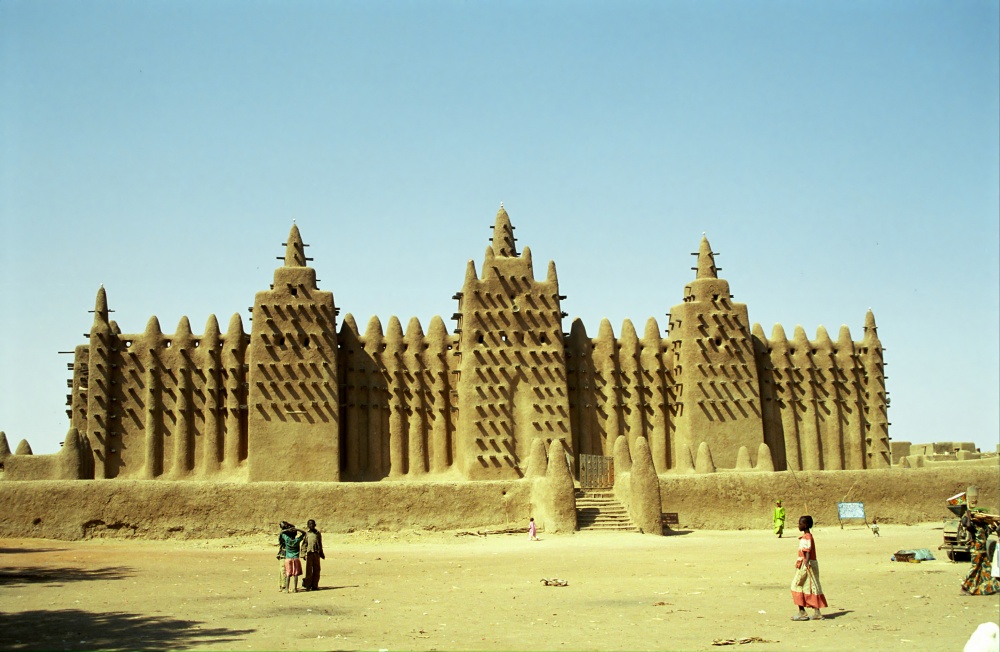
According to legend, the city emerged thanks to the old man Bucktu and his well (’tim’ in Tuareg), who warmly met caravans. He was the main character in medieval tales: the streets of gold, wise men, etc. He and a group of warriors tried to conquer the African Eldorado but didn’t come back until the Frenchman René Caillié pretended to be a pilgrim. Imagine his surprise when he saw a poor town of mud buildings. Now, people who love adventures are attracted by the unique architecture of the mosques.
The Easter Island Statues, Chile
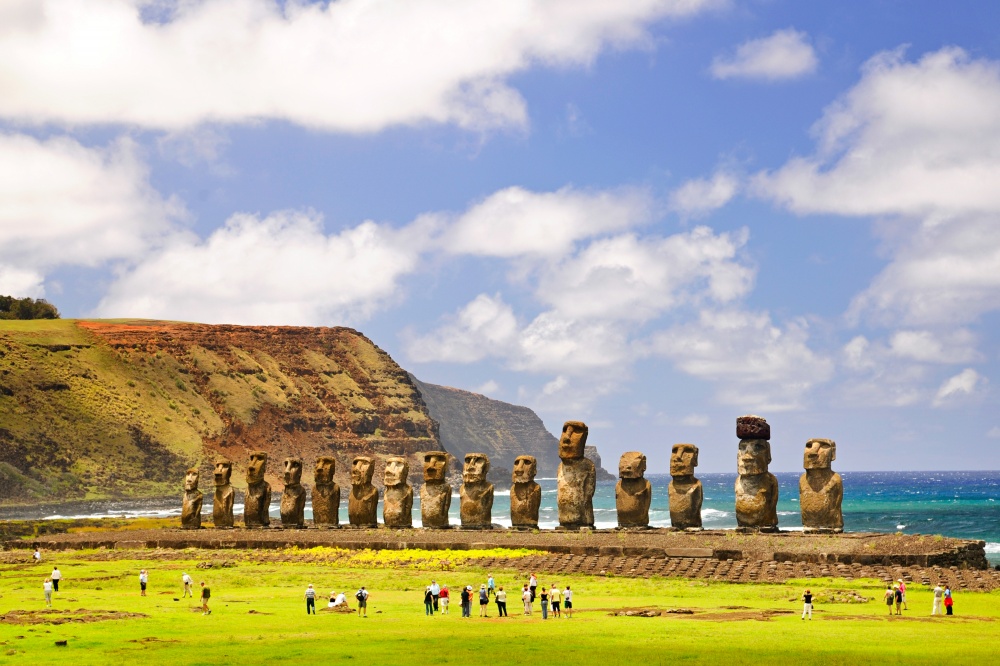
A small piece of land on the waters of the Pacific Ocean is covered with gigantic moai. There’s evidence that they were moved from place to place. There are also ritual stands that are heavier than the idols themselves. Unfortunately, people whose descendants could shed light on how these huge statues were moved died a long time ago because of slave traders. There’s only one path to solve the mysteries of the island — to look directly at the silent statues. Experiments confirmed that all manipulations of them were possible, but we still don’t know how.
Great Sphinx of Giza, Egypt
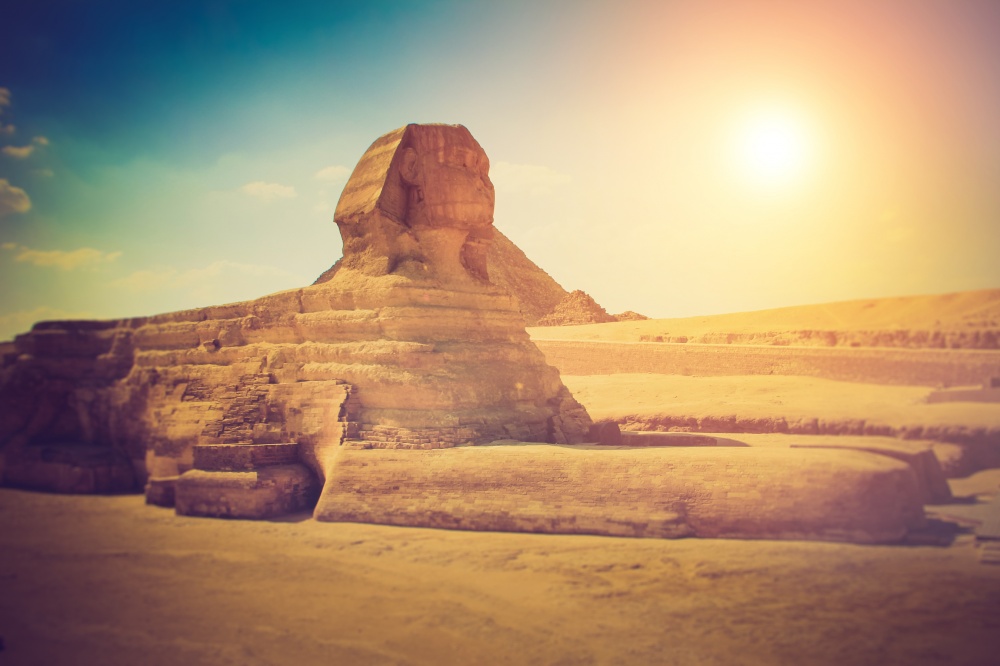
The colossal statue in the middle of the desert is, perhaps, the biggest mystery of all time. It was believed that this was the work of the Pharaohs. However, they only restored the Sphinx. His body, resembling a lion’s, is covered with striations. These could be the traces of the Great Flood. Another strange thing is that the head clearly contradicts the proportions. In addition, it turns out that there are rooms inside and underneath the giant. Any attempt to study them has led to accidents or restrictions from the authorities. Is it possible that this is not a guardian of the desert, but holds some secret knowledge that was left, from something like sunken Atlantis?
